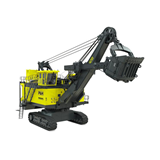The process of mining coal accounts for about six per cent of methane emissions caused by human activity, says Associate Professor Andrew Harris from the School of Chemical and Biomolecular Engineeringin the University's Faculty of Engineering and Information Technologies.
If adopted by industry, the burner would substantially reduce the coal mining industry's greenhouse gas liability, should emissions trading take effect.
"Emissions occur when air is pumped into underground ground coal mines for ventilation, releasing methane into the atmosphere," he says.
"This reduces the risk of explosions but significantly increases greenhouse gas levels. Methane is about 23 times more potent than carbon dioxide in terms of its contribution to global warming."
The burner developed by Associate Professor Harris and his colleagues burns methane, converting it into the less harmful carbon dioxide and water before releasing it into the atmosphere.
"Our burner uses porous combustion media allowing for ultra lean combustion that transforms methane into carbon dioxide and water at concentrations much lower than a traditional burner. This process can immediately reduce greenhouse gas emissions from underground coal mines by 87 per cent, providing an effective short term solution for an industry seeking to reduce its footprint."
A full scale version of the burner - measuring three metres high and weighing about a tonne - has been built on site at the University and successfully trialled by Associate Professor Harris and others in his Laboratory for Sustainable Technology.
The next step towards rollout of the burner is trialling it at a mine for a year. Associate Professor Harris' research group is currently negotiating a trial with an industry partner.

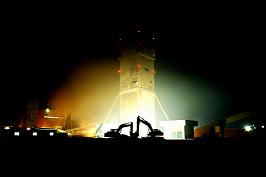
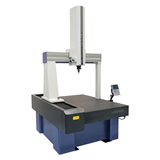


-160x160-state_article-rel-cat.png)

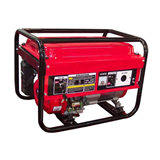




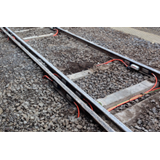

-160x160-state_article-rel-cat.png)




